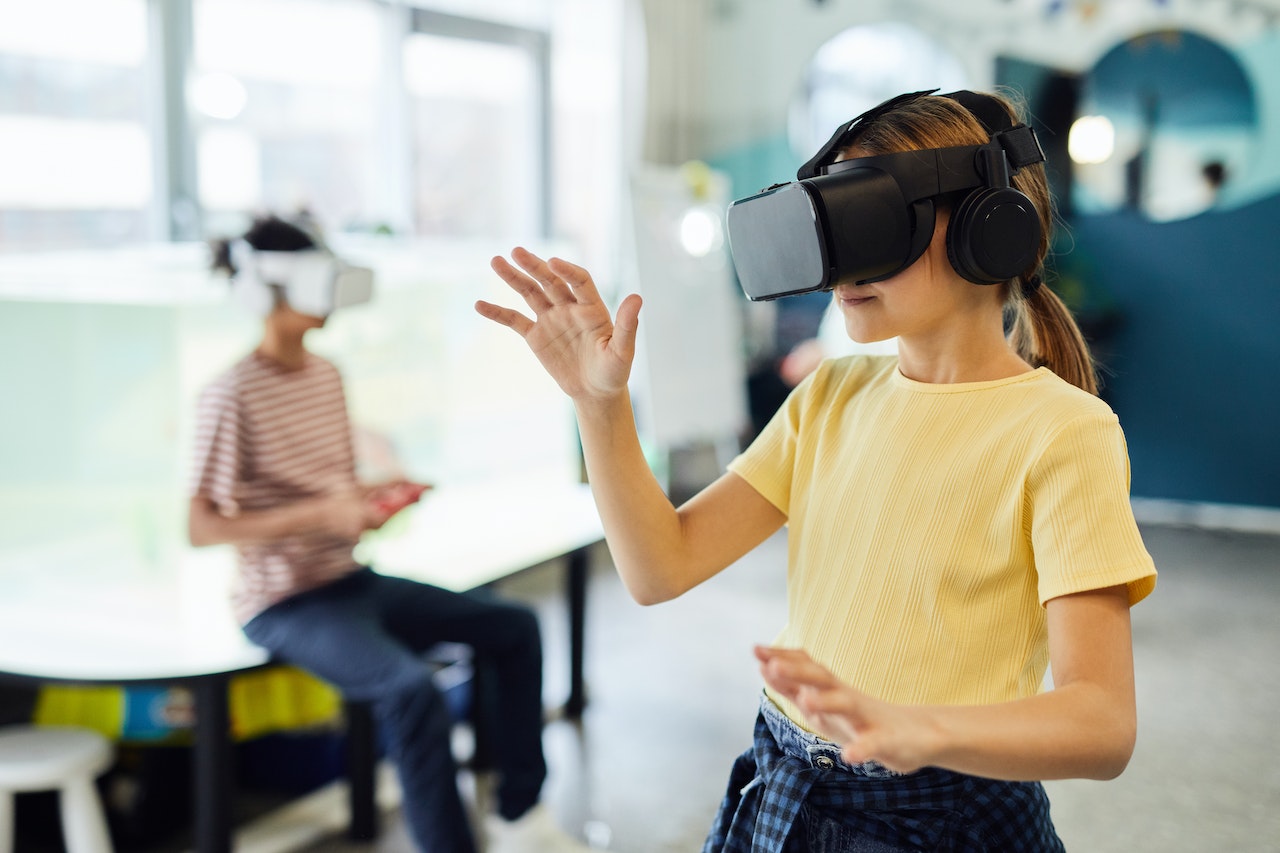AI art apocalypse: how AI is transforming art
We are living in a generation where technology is rapidly changing.
In many ways, technology makes life more efficient. For instance, sharing photos or talking to friends across the globe is a lot easier, thanks to common digital tools. The evolution of technology has made people more connected and digitally literate.
However, other aspects of technology pose a threat — especially to the workforce. Artificial intelligence (AI) digital languages like ChatGPT can perform human-like tasks, such as rewording, correcting and identifying errors in written work. This has led to job insecurity in various industries, including service, banking and marketing.
Other AI digital languages, such as DeepAI, DeepDream and OpenAI’s DALL-E 2, also affect local artists because they can manipulate and create visual art.
AI can process large amounts of information quicker than humans. It can rapidly generate art from text prompts without human creativity and imagination.
AI technology can create art without the elements that make artists want to produce art.
“My art speaks a lot about our lives. It is imaginative, whimsical and has a strong sense of story-telling,” Michele Taras, an Orangeville-based painter, said. “I love being an artist because it allows me to share my concepts and ideas with the rest of the world.”
Similarly, Karen Darling, a local painter in Brampton, Ont., feels that self-expression is a significant part of being an artist.
“I love the freedom to express myself through painting and the creative experimentation my process allows for,” Darling explained.
One of the major ways AI is negatively impacting artists is through scraping. Scraping is when AI forms artistic images from texts by stealing from artists that put their art through AI. This can happen to artists that make their images available on the internet.
Even worse, AI does not give credit to artists it scrapes from. The result is plagiarized art that can look very similar to other artworks made by hard-working artists.
Darling said she believes there is potentially a huge problem with AI’s ability to take and use images from artists on the internet without their consent or giving credit.
“There are copyright laws in place, but so far, they have not been tested against this new technology, and I wonder if artists would even be able to have any real power as individuals,” Darling said.
Taras added that AI algorithms need more transparency and communication as they form their art.
“Ethically and business-wise, you should always have permission from the original creator and compensate them as both parties agree,” Taras said. “I feel that countries should work together to protect the intellectual and artistic work of individuals.”
Although artists producing digital art are primarily at risk from AI, artists from different fields are also affected. Because AI provides advanced speed, accuracy and convenience, it can change how viewers appreciate art altogether.
“Will we become so used to seeing AI-generated art that we become unable to differentiate between it and art created by humans… or stop caring about the differences?” Darling asked. “Will the work of artists still be considered valuable in the face of easily obtainable AI-generated imagery?”
While AI continues to rapidly produce art, local artists can still create tangible artworks that exist outside of a computer screen.
Taras explained that AI art is still digital files. This makes them seen by art collectors as less permanent than works on canvas created by hand.
After all, individual brush strokes on a canvas are texturally different. They are also evidence of the hard work and time local artists put into their work.
“A painting on the wall with all the attributes of the medium used will be easily distinguishable from an AI-created printed image. And I hope that people will still appreciate and want the individuality, soul and story that the artist brings to the work,” Darling added.
On the bright side, digital tools other than AI certainly help procedures inherent to local art businesses. These tools demonstrate how technology makes us interconnected.
“I have clients from Europe, the Middle East and the U.S. that have bought my art because they have seen it on Instagram or Facebook,” Taras said. “Without these tools, it would be harder for people abroad to know about my work.”
There are also opportunities where devices can aid the artistic process rather than hinder it. For instance, Darling regularly uses her iPad and iPhone to review her work.
“I use [my iPad] in multiple stages of my painting process to try out different compositions or colour combinations before I even think about using paint. I use my iPhone to check my composition decisions while I’m painting,” Darling said.
Furthermore, part of the evolution of technology is to merge with art, and part of the evolution of art is to merge with technology.
However, consumers still need to be ethically minded about what artwork they purchase. This is particularly important when technology goes too far and attempts to invade the creativity and individuality inherent in producing and sharing art.
Society needs both art and technology to thrive. As the future of art and technology evolves and merges, they will continue to affect the communities and environments around us. While AI’s emergence in the art world is confusing, there are some things AI can’t replicate. After all, you can’t train AI to be human and have individual experiences — and that is where great art comes from.

Grace Nelson-Gunness
Grace Nelson-Gunness is a reporter for Business Hub. She enjoys watching Criminal Minds or reading a suspenseful horror-thriller novel while drinking a vanilla latte.

